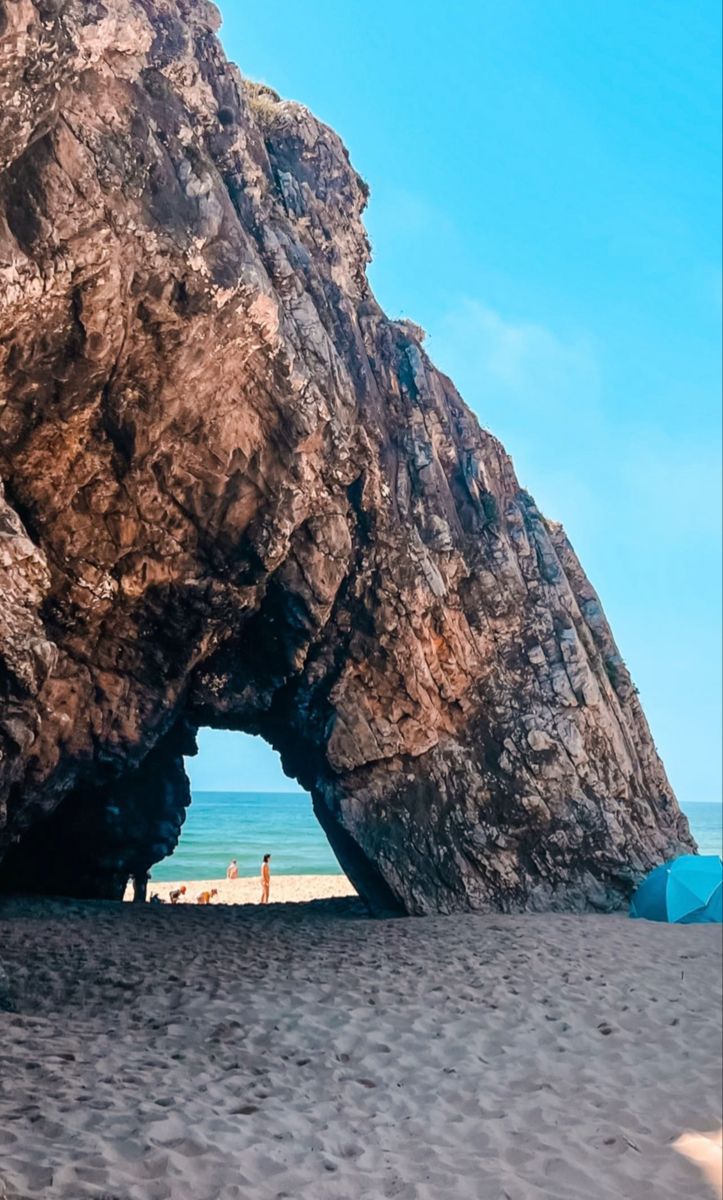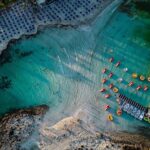Stunning Facts About Praia da Adraga That Will Amaze You
Praia da Adraga, located near Sintra in Portugal, is a picturesque and dramatic beach known for its rugged cliffs, golden sand, and striking rock formations. Frequently listed among the most beautiful beaches in Europe, it attracts nature lovers, photographers, and travelers seeking both serenity and adventure. In this article, we explore the history, facts, timeline, significance, daily life impact, FAQs, and societal importance of Praia da Adraga in a human-friendly and engaging manner.
History of Praia da Adraga
Praia da Adraga has a long-standing history tied to local communities and maritime culture. The area was historically used by fishermen and small settlements along the rugged coastline.
Key Historical Highlights:
Early History: Local fishing communities relied on the abundant coastal waters for sustenance.
19th–20th Century: Praia da Adraga remained relatively unknown to outsiders, preserving its natural charm.
Mid-20th Century: Portuguese tourists and regional travelers began to discover the beach.
Late 20th Century: International recognition grew as travel magazines and guides highlighted its natural beauty.
21st Century: Conservation efforts and sustainable tourism initiatives have helped maintain its pristine environment.
Unlike many overdeveloped European beaches, Praia da Adraga retains an authentic and untouched character, making it a favorite among nature enthusiasts.
Facts About Praia da Adraga
Dramatic Cliffs: Towering cliffs frame the beach, providing breathtaking views and natural shade.
Golden Sand: Soft and clean, ideal for sunbathing, walking, and photography.
Rock Formations: Unique rock structures create natural arches and secluded coves.
Fishing Heritage: Small fishing boats and local seafood restaurants preserve cultural traditions.
Accessibility: Accessible by car or foot via a scenic coastal road; limited parking maintains a tranquil atmosphere.
Climate: Mediterranean climate with hot summers and mild winters; best visited from May to September.
Protected Environment: Efforts are made to preserve coastal flora, fauna, and marine ecosystems.
Timeline of Praia da Adraga
Pre-1800s: Local fishing and coastal communities dominate the area.
1800s–1900s: Beach remains largely undiscovered by outsiders.
Mid-1900s: Portuguese visitors begin to appreciate its beauty.
1980s–1990s: Featured in travel magazines, attracting international attention.
2000s–2010s: Tourism facilities like restaurants and small cafes develop.
2020s: Emphasis on eco-tourism and sustainable visitor management.
Significance of Praia da Adraga
Praia da Adraga is more than a beach; it holds ecological, cultural, and economic importance:
Ecological Significance
Supports marine life, coastal birds, and unique flora along cliffs.
Plays a role in coastal preservation and erosion prevention.
Cultural and Social Significance
Represents Portugal’s maritime heritage and traditional fishing culture.
Offers a cultural experience through local cuisine and small community interactions.
Economic Significance
Tourism supports local restaurants, guesthouses, and guided tours.
Encourages sustainable economic growth in the Sintra region.
Daily Life Impacts
For Locals
Provides employment in hospitality, fishing, and tourism services.
Promotes community involvement in environmental conservation.
Encourages cultural preservation through local traditions and cuisine.
For Tourists
Offers relaxation, inspiration, and nature-based experiences.
Encourages outdoor activities such as swimming, hiking, and photography.
Promotes cultural awareness and culinary exploration.
Observance and Best Practices
Avoid littering and respect protected areas along the cliffs.
Follow local guidelines for swimming and boating.
Support sustainable tourism practices by choosing eco-friendly services.
Visit during early morning or late afternoon to enjoy tranquility and avoid crowds.
Respect local fishing operations and interact with the community responsibly.
Wishing and Benefits
Visitors often experience awe and rejuvenation at Praia da Adraga:
“May your time at Praia da Adraga bring peace, wonder, and a lasting connection to nature’s beauty.”
Benefits of visiting include:
Physical activity through swimming, walking, and hiking
Mental relaxation and stress reduction
Cultural appreciation of Portuguese coastal traditions
Support for local economies through responsible tourism
Inspiration for photography, art, and creative reflection
FAQs About Praia da Adraga
Q1: Is Praia da Adraga safe for swimming?
A1: Yes, but waves can be strong; follow safety guidelines, especially during winter months.
Q2: When is the best time to visit?
A2: May to September offers the best weather for swimming and sightseeing.
Q3: Are there facilities like restaurants and restrooms?
A3: Small restaurants and cafes offer fresh seafood; basic facilities are available.
Q4: Can you access the beach by car?
A4: Yes, via a scenic coastal road; limited parking preserves the peaceful environment.
Q5: Is Praia da Adraga family-friendly?
A5: Yes, calm areas of the beach are suitable for families, but supervision is advised near cliffs and strong waves.
Review Section
Visitor Experiences at Praia da Adraga:
Ana, 30 (Tourist): “The cliffs and rock formations are breathtaking. It’s like stepping into a natural painting.”
Miguel, 35 (Traveler): “Swimming in the clear waters and tasting fresh seafood at local restaurants made the visit unforgettable.”
Sophia, 28 (Photographer): “The sunrise over Praia da Adraga is magical. Every shot I took captured the serenity and beauty of the coast.”
Rating: ★★★★★ (4.8/5)
Conclusion
Praia da Adraga is a hidden gem of Portugal, blending natural beauty, historical significance, and cultural heritage. For locals, it provides sustainable livelihoods, cultural pride, and community engagement. For tourists, it offers relaxation, adventure, and inspiration.
By practicing responsible tourism, respecting local traditions, and preserving the environment, visitors can ensure that Praia da Adraga remains a stunning destination for future generations. Visiting this beach is not just a leisure trip—it’s an immersive experience of nature, culture, and serenity, leaving lasting memories.








